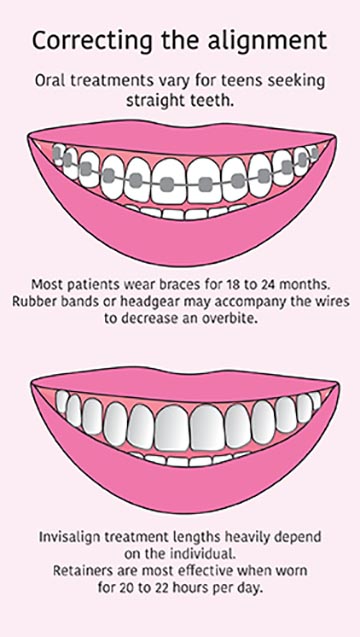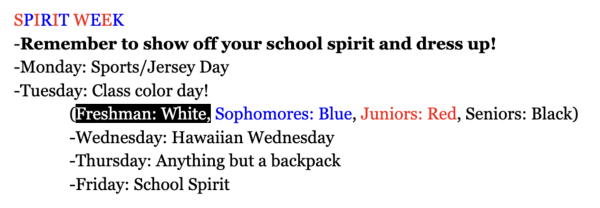Getting it straight
Aligners remain popular for cosmetic, medical treatments.
Source: Health Grades, Invisalign
March 9, 2017
Metal clamps. Expanders. Retainers. Sore teeth, bleeding gums and canker sores are a right of passage for most teenagers.
Four million Americans undergo some form of orthodontic treatment at any given time, according to American Association of Orthodontics, although, only 33 percent of the world population has undergone some sort of treatment.
“My overbite was so bad it could have been dangerous,” senior Izzy Pontecorvo, who got braces junior year, said. “The decision was partially cosmetic, but also medical cause there were some gum issues involved.”
Teens often desire straight teeth to look more dateable, hireable, healthy and successful, according to Schalo Smiles, an orthodontics website.
“They gave me two options to go with, Invisalign or braces,” freshman Malinalli Cervantes said. “I felt that braces would look weird on me, so I wanted to go with Invisalign because I wouldn’t have them on that for long.”
Invisalign is an orthodontic device that uses incremental clear aligners to adjust teeth as an alternative to braces.
Clear aligners are now favored because they don’t show the metal and wires, and they can be taken out so users can brush, eat and floss normally, according to Doctor of Dental Surgery Stephen West.
“When I was little, people used to make fun of my teeth,” Cervantes said. “People wouldn’t even notice the Invisalign, and I wanted them straight just because I could get them straight.”
Seventy-three percent of the respondents considered people with straight teeth more trustworthy than people who wore great clothes, owned good cars, or had a good job, according to a study by Kelton Research.
For the most part, it’s an aesthetic consideration as people want to have straight teeth because it looks better, according to West.
“[Braces] are really annoying and super gross,” Pontecorvo said. “I feel like I got a bit of a downgrade on the ‘hotness structure.’”
Commercials and ads show impeccably straight teeth which influence people’s decisions about their mouths, according to Cervantes.
“You look around and there’s a ton of models and celebrities —— and none of them have really bad teeth,” Pontecorvo said. “People definitely look at magazines and movies and see these people with great teeth and want to look similar.”
Patients hate to admit that teeth straightening is cosmetic, but that’s probably the biggest factor in getting any type of orthodontics. It often isn’t a resume, but a picture that determines whether somebody gets the better job, according to West.
“I feel like if they have the opportunity to fix them, they will,” Pontecorvo said. “People are insecure, and everyone gets them and no one wants to be the outsider.”










